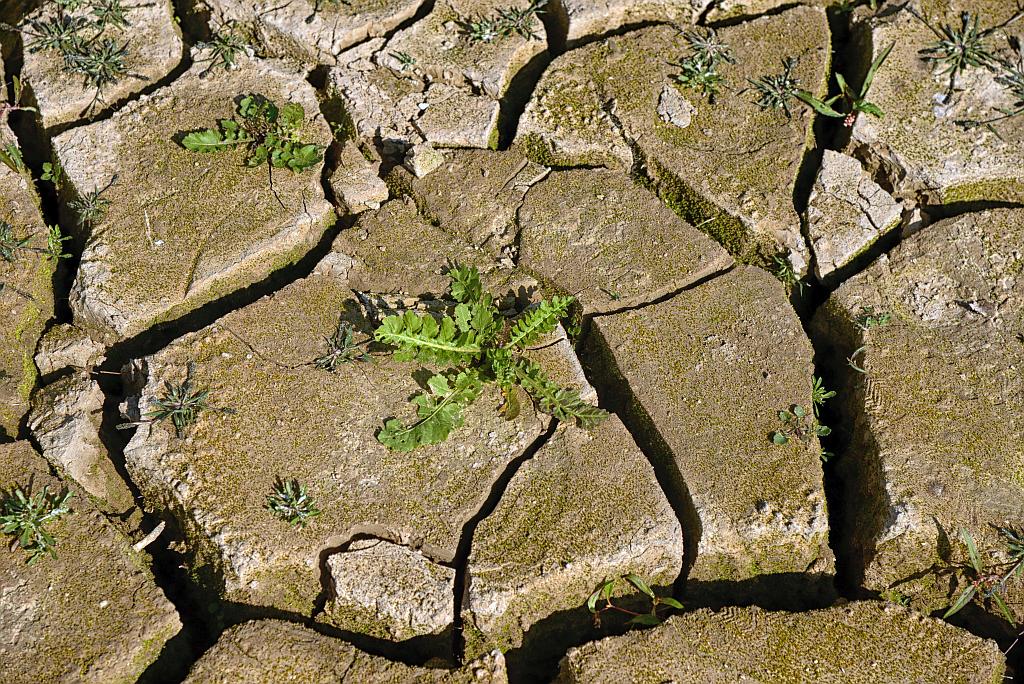Local showers and storms appeared on Tuesday and Wednesday, bringing about 10 to 20 millimetres of rain per square metre in the central regions of Slovenia and about 5 millimetres in the north and the south of the country. Since rainfall was quite unequally distributed, many areas – especially in the east and northwest, received no rainfall, reports the Slovenian environmental agency (Arso).
Rain merely freshened up the surface layers of soil in central Slovenia, which could be seen in growth of greenery and will also benefit winter wheats and spring sowing. However, in the coming days dry and above average warm weather is set to continue, which is why the surface layers will dry out again, predicts the weather agency.
Ban on lighting fire in the nature
Between mid-March and late March, the soil started to experience drought. The Administration for Civil Protection and Disaster Relief thus declared high fire hazard in natural environments. During this time, it is forbidden to light a fire in the nature, and the Police as well as the Inspectorate for Protection against Natural and Other Disasters have tightened control. Despite the ban, there have been many fires on the meadows recently. In addition to burning and throwing away burning objects or flammable objects in the nature, it is also not allowed to light a fire or a bonfire, burn grass around infrastructural objects, use objects, devices or perform activities that could cause a fire, and light fireworks, announced the administration.
Unusual March
The majority of March was substantially warmer from a long-term average all across Europe, including Slovenia. Most days were much warmer and provided more hours of sunshine, even by 20 percent above average. In the majority of the country, there was about 50 percent less rainfall. For example, In Murska Sobota, for example, the quantity of rainfall – as measured by Arso – was at a mere 30 percent of the usual quantity (i.e.14 millimetres) in March.
Al. Ma., MMC; translated by K. Z.


































































